
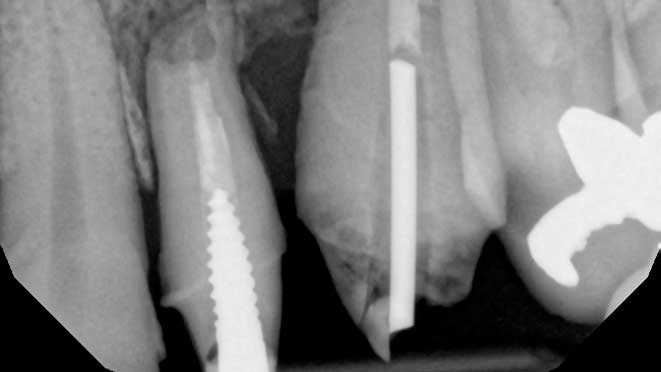
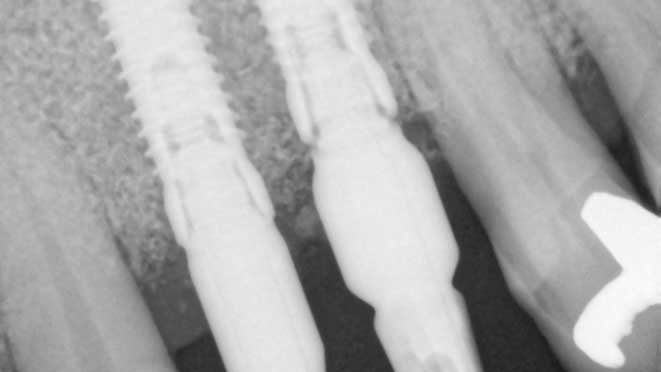
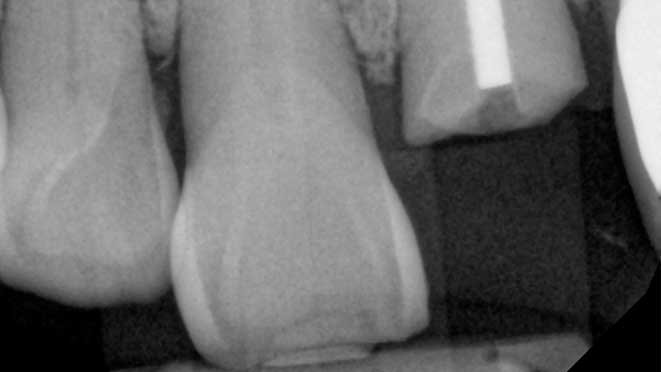
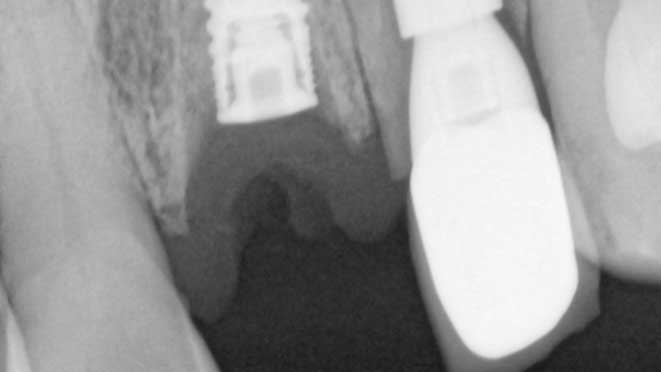
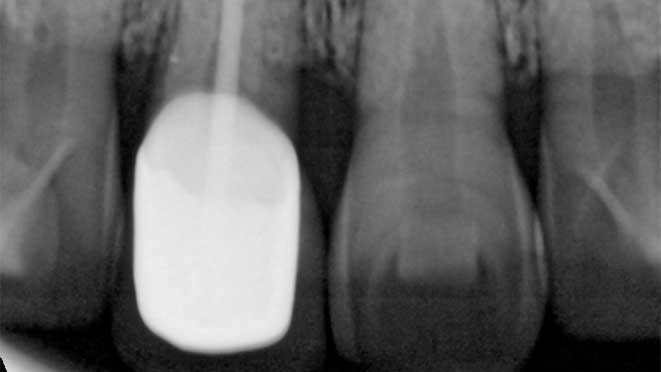
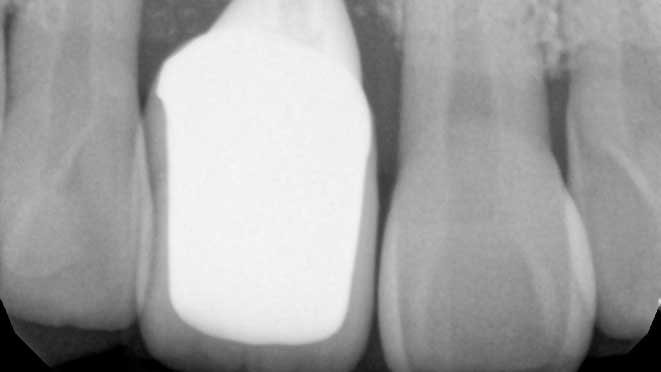
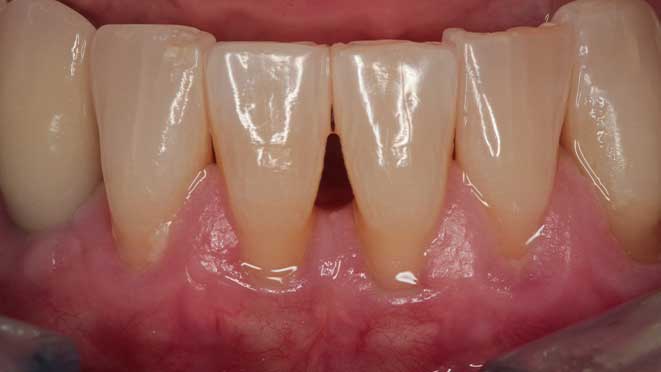
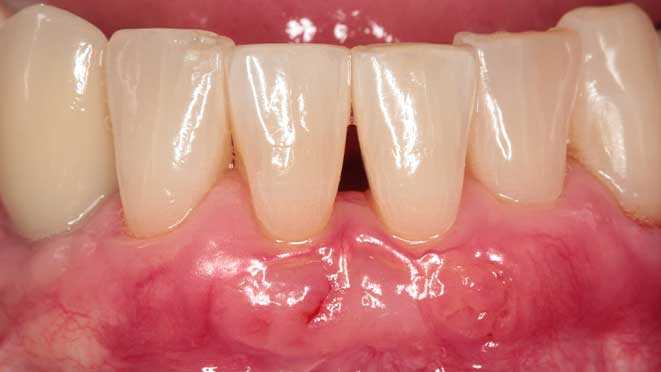
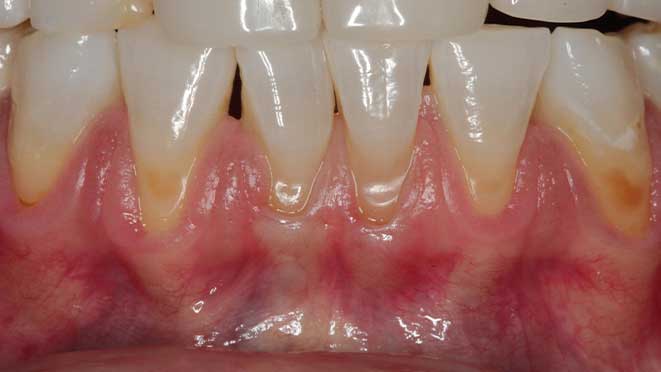
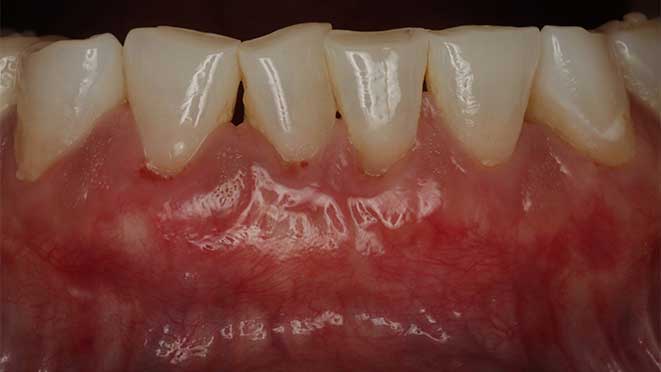
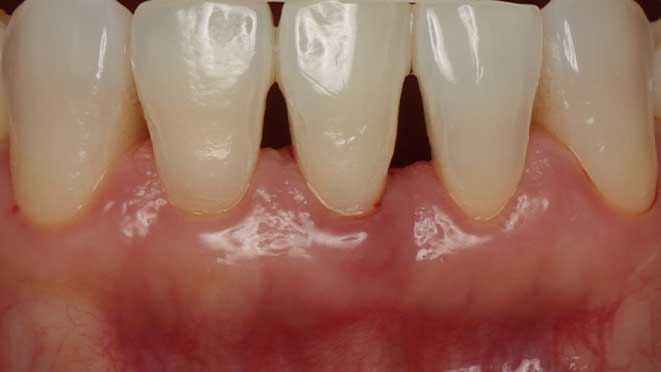
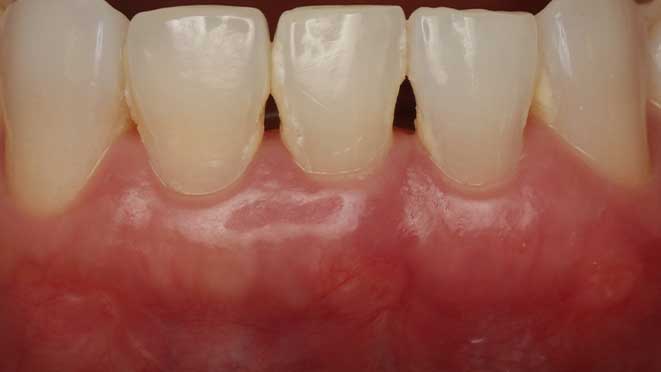
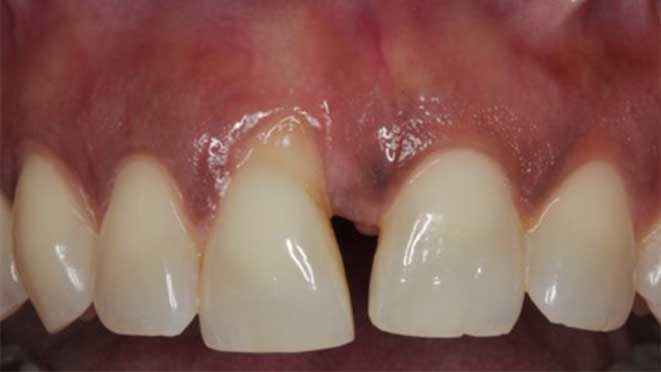
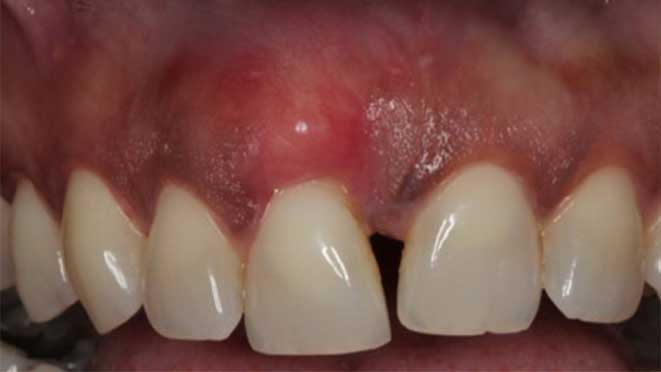
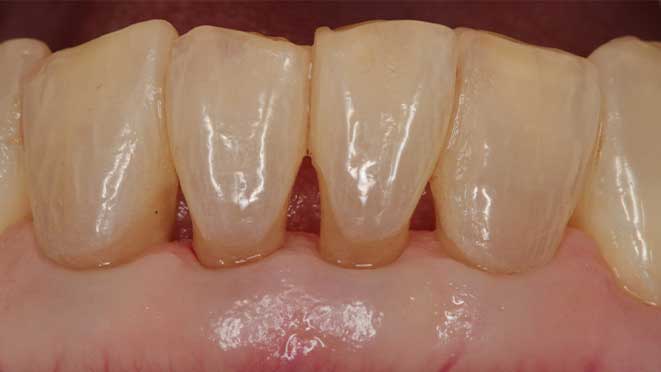
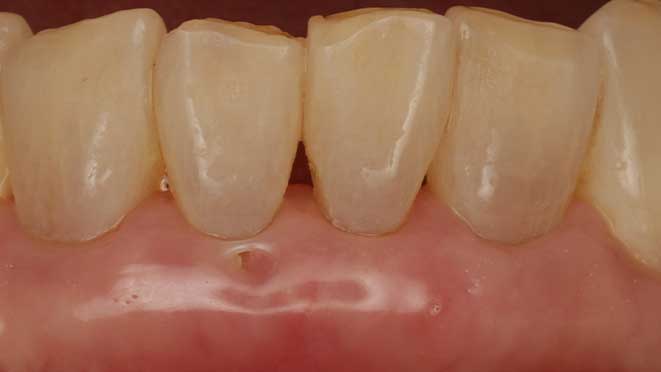
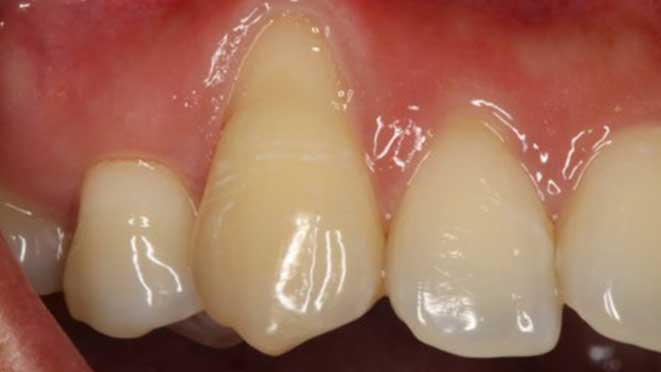
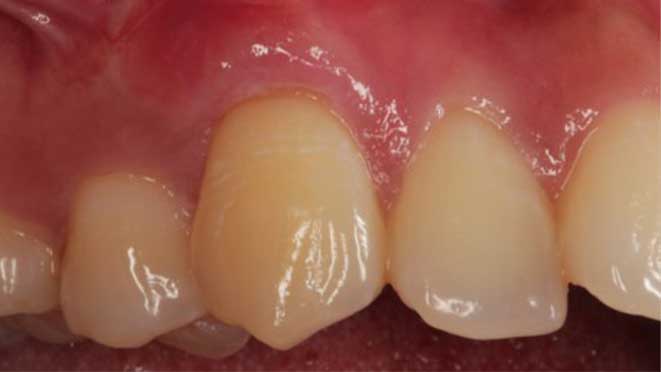
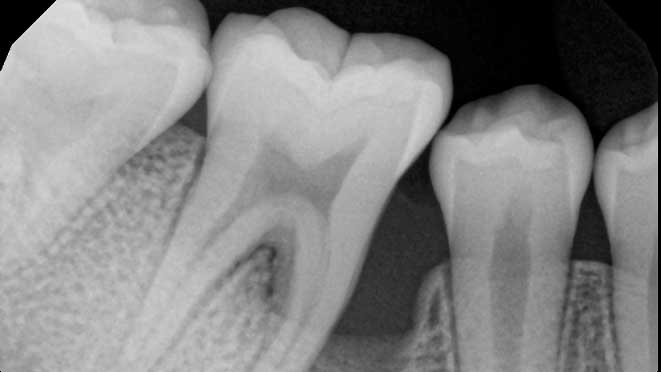
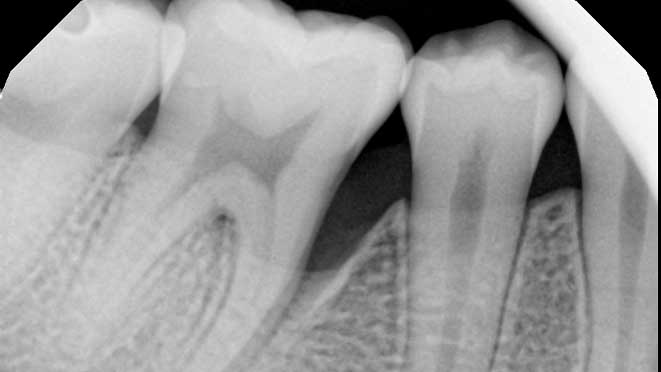
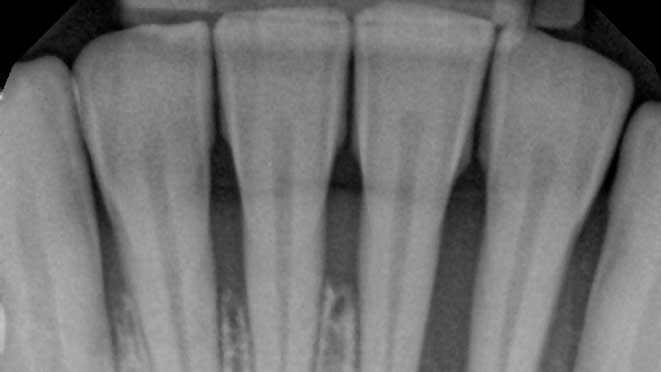
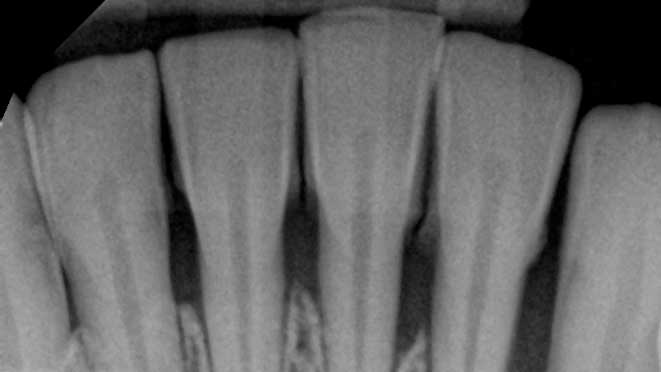
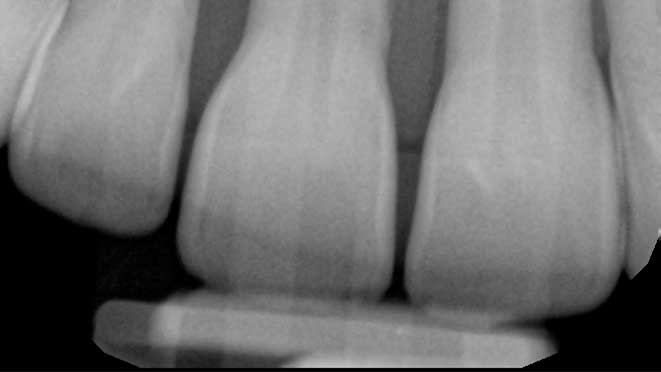
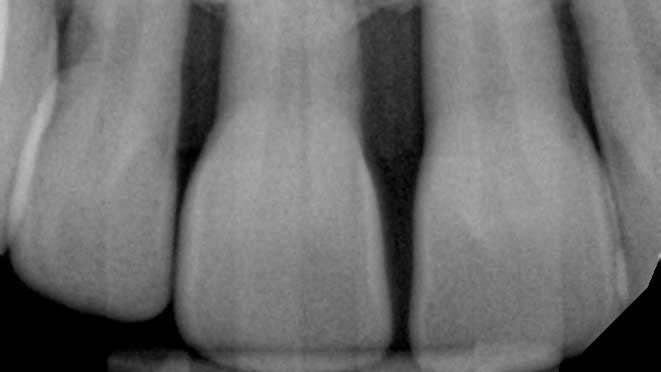
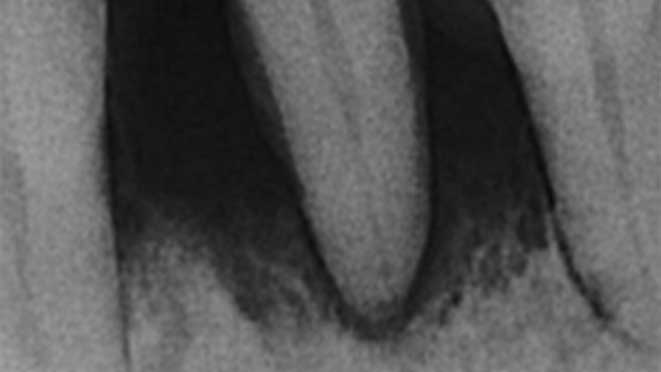
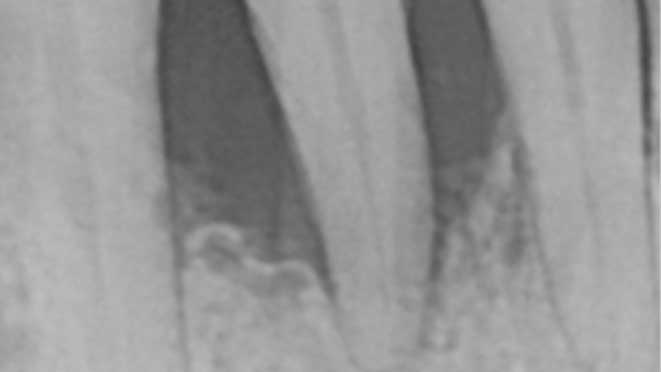
Have you ever heard of Ridge Preservation? It is a term used in dentistry to describe a surgical procedure that is done right after a tooth is extracted. The procedure is performed with the aim of preserving the bone and preventing bone loss in the empty socket left after the tooth is removed. In this blog post, we will discuss the importance of Ridge Preservation and the benefits associated with the procedure.
To start with, Ridge Preservation is a surgical procedure that aims to preserve the bone after tooth extraction. When a tooth is extracted, the surrounding bone is no longer stimulated, and this can result in bone loss. Ridge Preservation, therefore, involves the placement of specialized bone grafting products into the empty socket left after tooth extraction. The primary purpose of this procedure is to preserve the bone, minimize bone loss, and provide a foundation for future dental implant placement.
The procedure of Ridge Preservation is relatively straightforward, and it is usually done in one visit. After the tooth is extracted, the socket is cleaned and prepared for grafting. The bone graft material is then placed in the socket, and the area is covered with a protective membrane. Over time, the bone graft material will fuse with the surrounding bone, creating a stable foundation for future dental implants. Different types of bone grafting products may be used in Ridge Preservation, including synthetic, natural, and donor bone grafts. Specialized bone-grafting products, such as recombinant human bone morphogenetic protein, may also be used to promote bone growth and healing.
Ridge Preservation has several advantages. Firstly, it minimizes bone loss after tooth extraction, which can affect the structure of the jawbone and cause problems with eating and speaking. The procedure is minimally invasive and results in reduced post-operative discomfort, unlike other surgical procedures that may require extensive healing time and subsequent procedures. The procedure also prepares the site for future placement of dental implants, which is beneficial for those who plan to undergo implant surgery in the future.
Success rates of Ridge Preservation are high. Studies have shown that the procedure can significantly reduce bone loss and promote bone growth. The success rate of Ridge Preservation is, however, dependent on proper aftercare and follow-up. After the procedure, patients are advised to avoid smoking, alcohol, and other activities that can hinder healing. Proper oral hygiene practices and regular dental check-ups are also essential to ensure the success of the procedure.
In conclusion, Ridge Preservation is a vital procedure in dentistry that helps to preserve the bone, minimize bone loss, and provide an adequate foundation for future dental implants. The procedure is minimally invasive, with high success rates and reduced post-operative discomfort. Proper aftercare and follow-up are crucial for the success of the procedure. We encourage patients to discuss Ridge Preservation with their dentist and explore the benefits of the procedure.

























